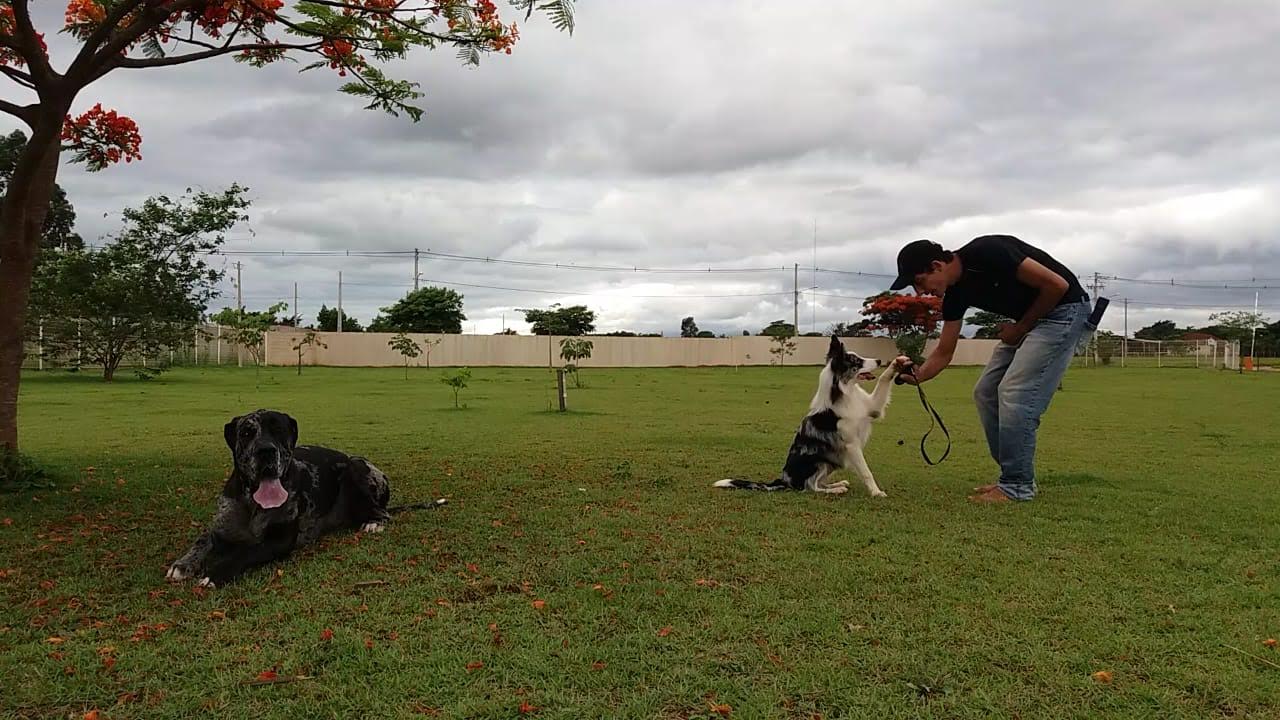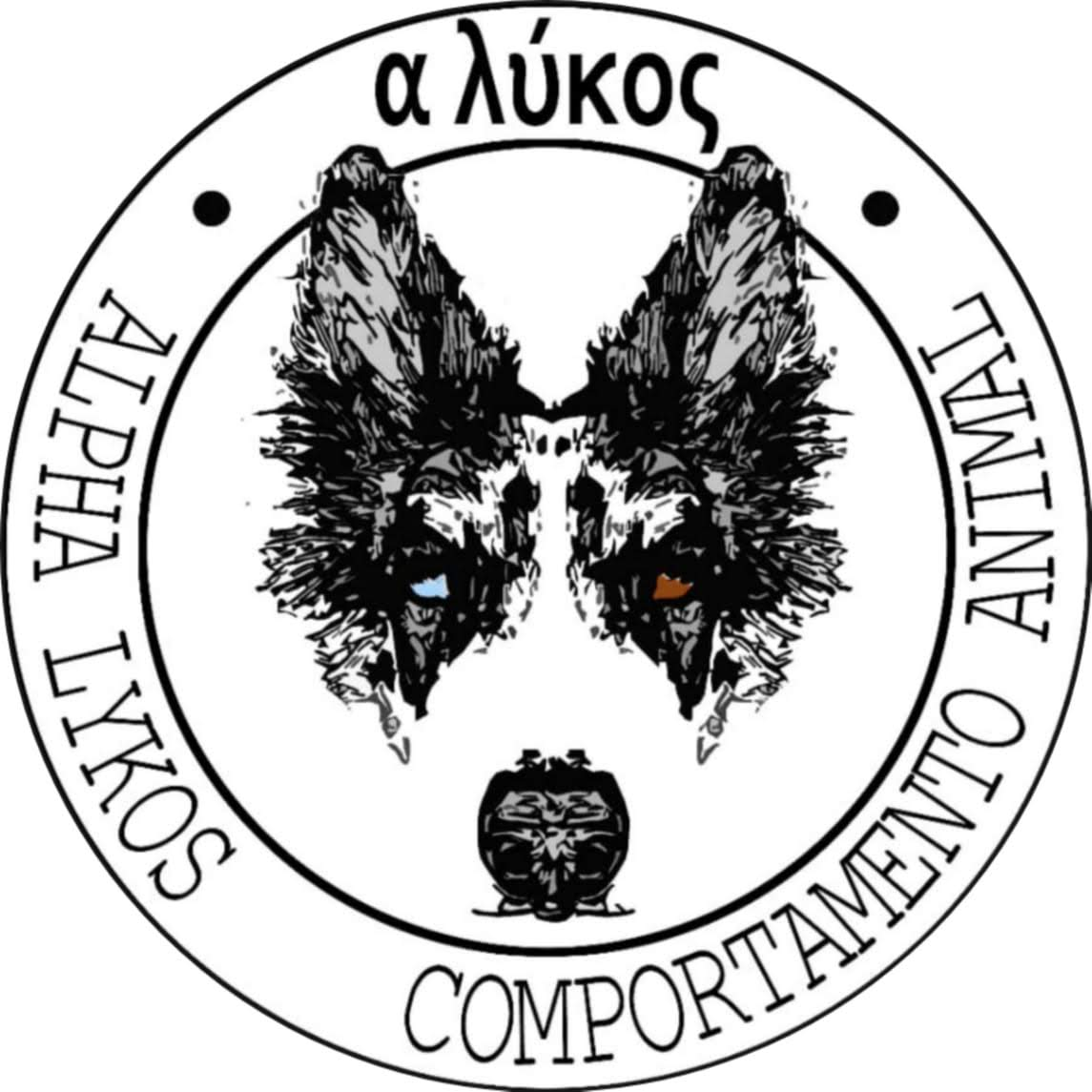Education is the key to a harmonious relationship between humans and their canine companions.
Education plays a crucial role in creating a harmonious and rewarding relationship between humans and their canine companions. When we invest time and effort into educating both ourselves and our dogs, we establish a solid foundation of mutual understanding, effective communication, and mutual respect. Through education, we learn to understand the natural needs of dogs, interpret their body language and communication signals, and respond appropriately and respectfully. Additionally, education empowers us to apply positive reinforcement-based training techniques, encouraging desired behaviors and discouraging undesirable ones in a manner that strengthens the emotional bond between the owner and the dog. By prioritizing education on our journey with our canine companions, we not only cultivate a more harmonious and fulfilling relationship but also promote the well-being and happiness of our beloved four-legged friends.

Positive Reinforcement Training
Positive reinforcement training is an approach based on rewarding desired behaviors, promoting a harmonious relationship between owner and pet. By using rewards such as food, toys or praise, a positive learning environment is created, where the focus is on motivation, respect and strengthening the bond between the owner and the animal.
Be consistent
Establish clear rules and be consistent in reinforcing desired behaviors and discouraging unwanted behaviors.
Use high-value rewards
Find out what motivates your dog, whether it’s food, toys or praise, and use that as a reward during training.
Be patient
Training can take time and requires patience. Don’t be discouraged if progress is slow and celebrate each small achievement.
Keep training sessions short and fun:
Keep training sessions short to prevent your dog from becoming distracted or tired. Keep them fun and positive to keep the dog’s interest.
Use simple and consistent commands:
Use clear, consistent commands to help your dog understand what is expected of him. Avoid using confusing or complicated commands.
Avoid punishments
Instead of punishing unwanted behavior, redirect your dog’s behavior toward something positive and reward him when he behaves correctly.
Watch, Read, Listen
Join 652+ subscribers
Stay in the loop with everything you need to know.
